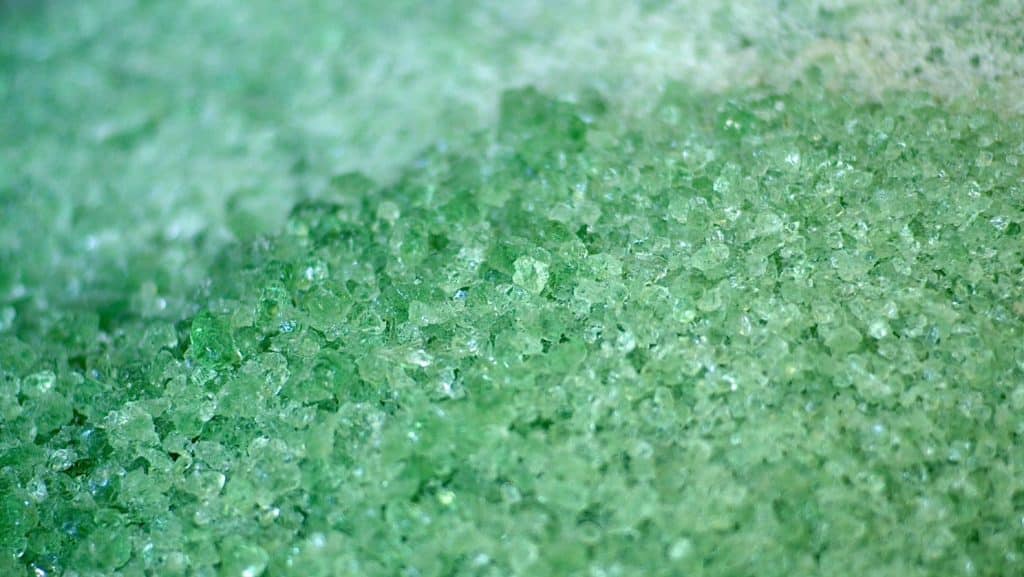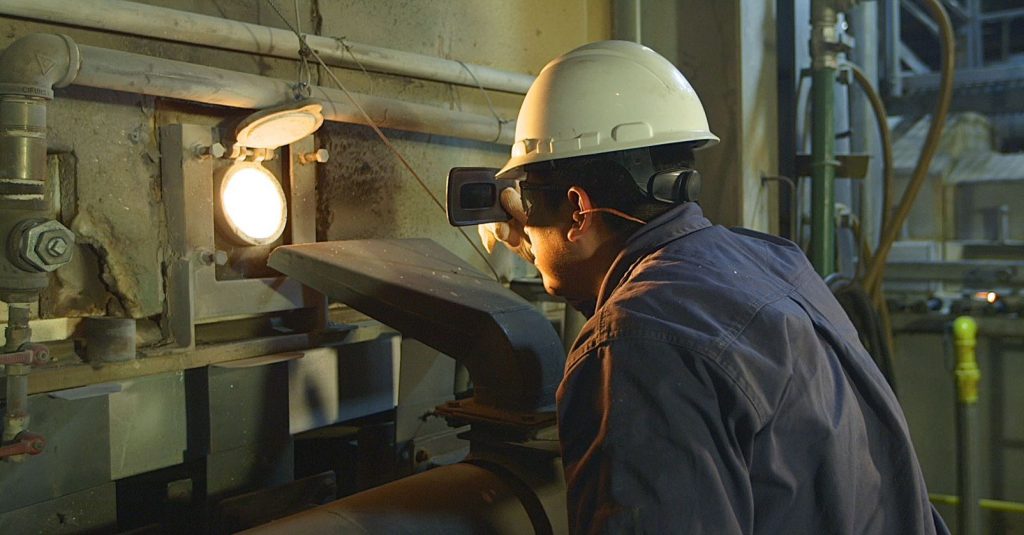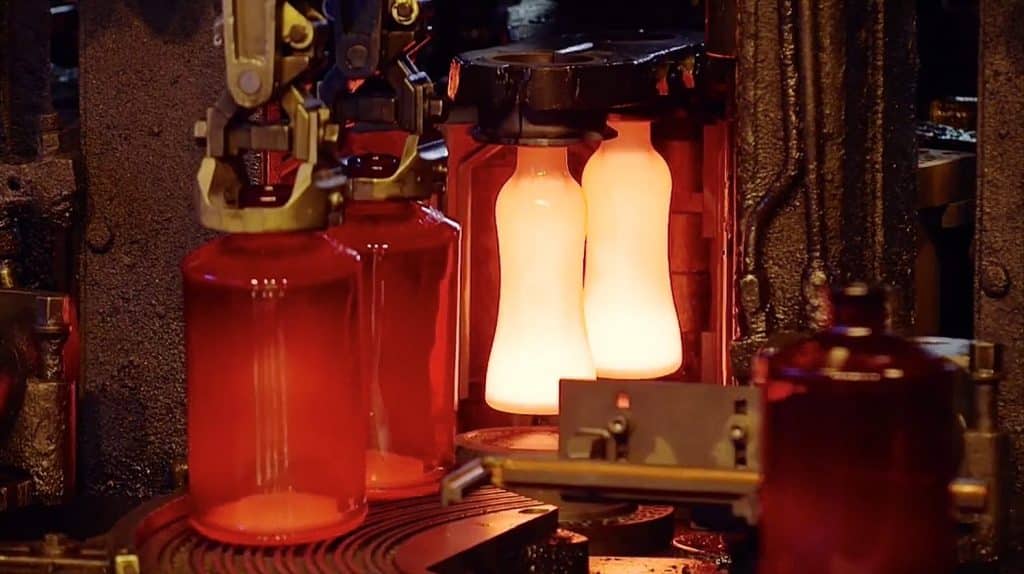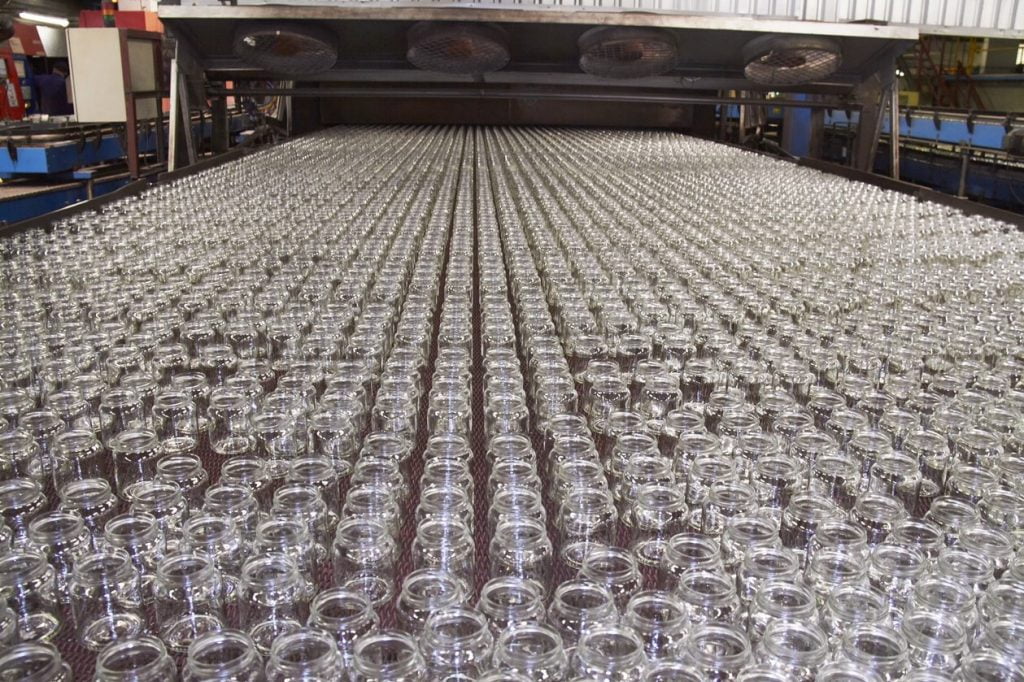
When lightning strikes sand, nature makes glass. SGSBottle has recreated Mother Nature’s magic by combining natural materials and heat to make glass bottles and jars. Our passion for making glass lies in its endless benefits, from the health of the planet to the health of families. We love glass.
SGSBOttle glass bottle manufacturing plant is equipped with excellent technicians and top-level machinery, which can produce high-quality glass bottles efficiently and at low cost. Constantly conduct quality control on all of our own production runs, 24 hours/ 7 days.
How to Make Glass Bottles
1. How to Make Glass Bottles
Glass packaging is made of three natural ingredients: silica sand, soda ash and limestone.
The materials are mixed with recycled glass, called “cullet.”
Cullet is the main ingredient in Maidao glass bottles and containers.
Globally, our glass containers contain an average of 20% recycled glass, we’ve manufactured glass bottles with as much as 30% recycled glass in China.
Together, these four ingredients—sand, soda ash, limestone, and recycled glass–make up the batch mixture.

2. Furnace
The batch mixture heads to the furnace. The furnace is heated by gas and electricity to about 1550 degrees Celsius to create molten glass. The furnace runs 24 hours a day, seven days a week, and can process several hundred tonnes of glass each day.

3. Forming Machine
The end product starts to take shape inside the forming machine as each gob is dropped into a series of moulds. Compressed air is used to shape and expand the gob into a glass container. The glass continues cooling at this point in the manufacturing process, dropping to roughly 700 degrees Celsius.

4. Annealing
After the forming machine, each glass bottle or jar goes through an annealing step. Annealing is needed because the outside of the container cools quicker than the inside. The annealing process reheats the container and is then gradually cooled to release stress and strengthen the glass. Glass containers are heated to about 565 degrees Celsius and then cooled slowly to 150 degrees Celsius. Then the glass bottles and jars head to the cold end coater for a final outside coating.

